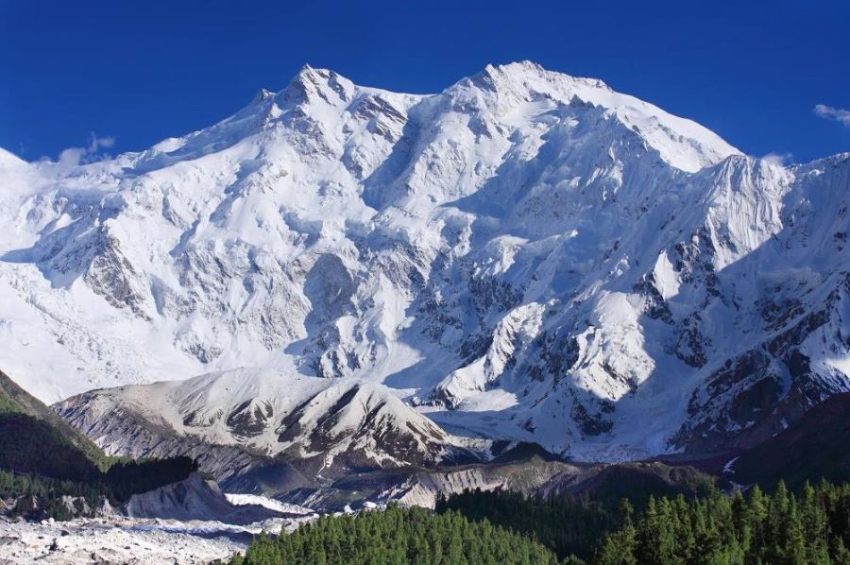Himalayan glaciers melting out at unprecedented speed
The Himalayan mountain chain will look quite different once its glaciers melt away during the next 80 years or so, as climate change remains on a speedy track, scientists said in a new alarming report.
As much as 80% of glaciers in the Himalayas could vanish by the turn of the century, if global temperatures predictably rise by four degrees Celsius.
Ice melting in this region takes place at an unprecedented rate and changes are largely irreversible, according to the International Centre for Integrated Mountain Development (ICIMOD).
ICIMOD researchers warn that when the glaciers melt out, there will be a disaster that will send a tidal wave of destructive floods, landslides, and avalanches throughout a wide region that covers parts of Afghanistan, Bangladesh, Bhutan, China, India, Myanmar, Nepal, Pakistan, Tajikistan, and far beyond.

The Hindu Kush Himalayan area, which stretches 3,380 kilometers east to west, is particularly important because it contains the largest volume of ice on Earth outside of the polar regions.
Once melted, glacier waters will overflow some of the largest rivers on our planet: Ganges, Indus, Mekong, Yangtse, and Yellow, destroying fragile ecosystems, infrastructure, and precious farmland.
At least two billion people will be affected by the melting-induced disasters, the authors stressed, calling on governments to prepare an urgent response to protect the communities for impact.
Unfortunately, most of the above-mentioned countries belong to the developing world and have no resources to cope with disasters at such scales.







